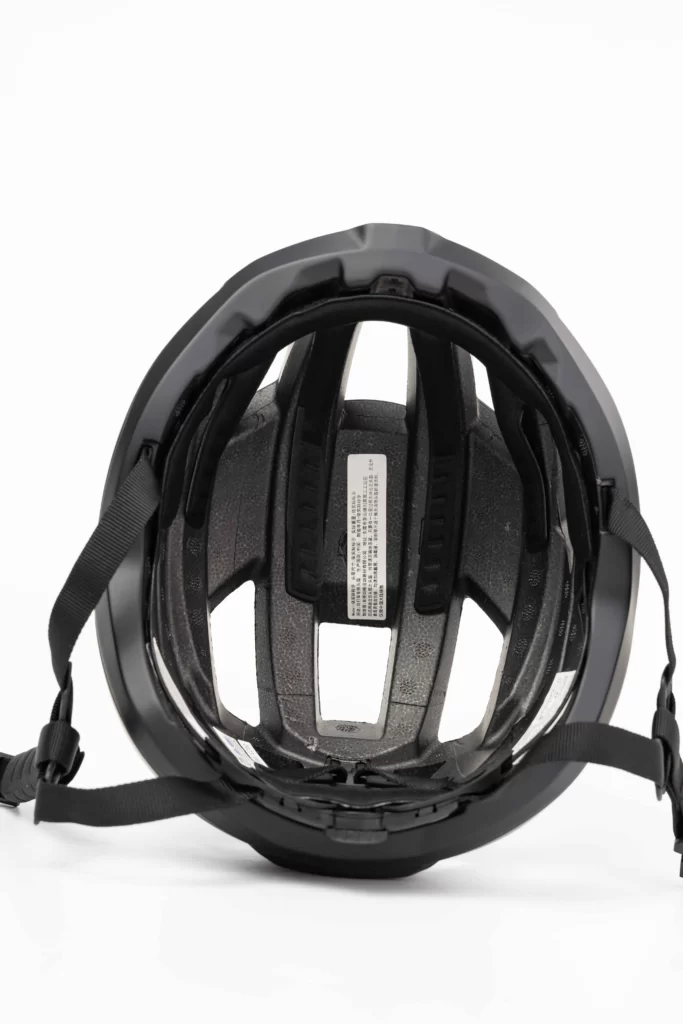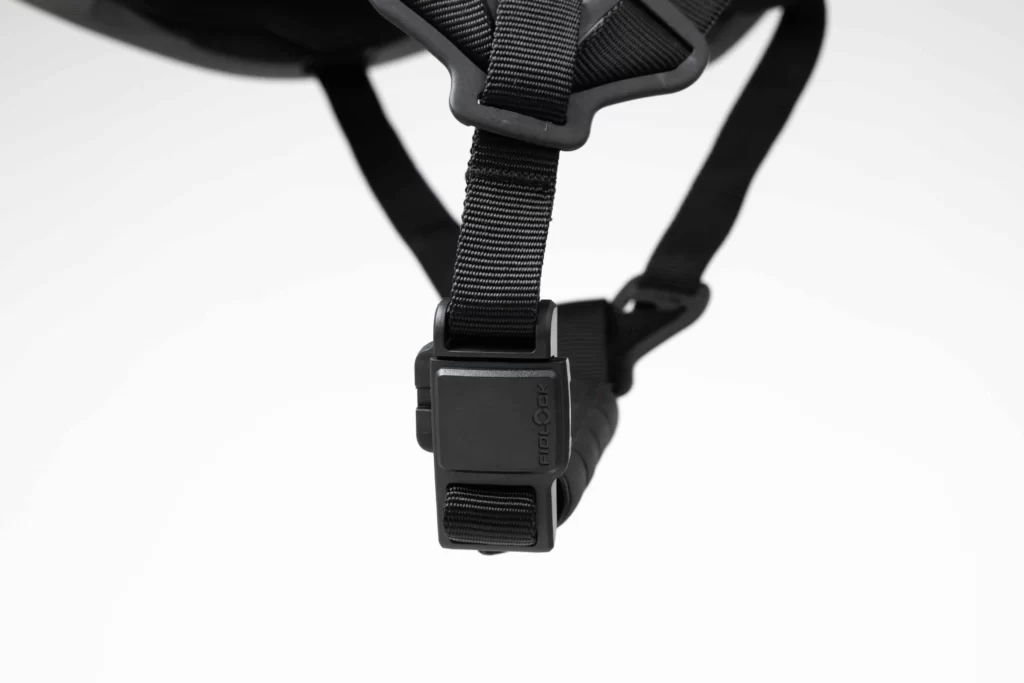Wearing cycling helmet is essential for every cyclist because the design of bike helmet aims to protect the brain from being hurt when fall down. Modern helmets have undergone significant changes recently. Nowadays, cycling helmet designs prioritize comfort and improved aerodynamics, with some helmets designed to address linear and rotational energy issues.
While no safety equipment can guarantee protection in all situations, but we can not deny that helmet are designed to shield cyclists’ head from certain types of accidents.

Safety
Structural Molding Process
Bicycle helmets are primarily composed of an outer shell and an inner foam liner, and based on the manufacturing process, they can be categorized as integrated and non-integrated designs.
In simple terms, integrated helmets involve the simultaneous molding of the PC shell and EPS foam in a single step, creating a seamless, gap-free union between the shell and foam. In contrast, non-integrated helmets involve manually gluing pre-molded EPS foam and the PVC shell together, resulting in noticeable gaps between the shell and foam. Integrated helmets provide better shell-foam integration and protection, albeit at a somewhat higher cost.
Internal Skeleton
Top-rated bike helmets enhance overall strength by incorporating an internal skeleton within the inner foam to prevent the inner foam from fracturing during severe impacts. While this technology was formerly limited to top-tier helmets, it has gradually become available in lower-tier options. Pay attention to this feature when selecting a helmet.

Enhanced Structural Designs
This mainly refers to technologies like MIPS, the Multi-directional Impact Protection System. The helmet contains a yellow layer within the inner shell that can buffer impact forces from different directions and angles, reducing the intensity of head impacts and preventing more severe injuries resulting from rotational forces.
Comfort
The comfort of wearing a cycling helmet involves factors such as the helmet’s internal shape, weight, ventilation, padding, and straps.
Internal Shape
Helmets come in primarily two shapes: round, which suits Asian head shapes, and oval, designed for European head shapes. Many cyclists may not realize that helmets cater to different head shapes (round or oval), leading to discomfort if the fit is not ideal. Most people in Western countries have more oval head shapes, while Asians tend to have rounder head shapes. If you prefer European or American helmet brands, make sure to consider this aspect to avoid prolonged discomfort.
Weight
A helmet’s weight directly influences the comfort of wearing it. Heavier helmets can strain the neck during long rides, so lighter helmets are generally preferred. Most bicycle helmets weigh between 200g to 300g. Helmets that weigh significantly less should be approached with caution, as they may compromise safety standards. Achieving a weight of around 200 grams while maintaining safety standards is challenging. If you come across a helmet that is exceptionally lightweight (around 200 grams or less) and is not from a well-known brand, it’s important to be cautious about potential compromises in materials or construction.
Size
Different helmet brands offer variations in sizing, with the three common sizes being Small (S), Medium (M), and Large (L). Before making a purchase, consider the manufacturer’s provided adjustment range and select the size that fits your head circumference.
Cleaning
Cleaning a cycling helmet involves two components: the helmet body and the sweat-absorbing liner. To clean the helmet body, wipe it with soapy water at room temperature, followed by thorough rinsing with clean water. For routine cleaning, a soft cloth is sufficient. The liner can be removed and cleaned separately with soapy water and then air-dried in a well-ventilated, shaded area. Avoid prolonged exposure to direct sunlight, as it can accelerate helmet aging and affect its appearance.
Replacement
Helmets should be replaced under the following circumstances: when they show signs of aging after 3-4 years of use (or earlier with frequent use), or immediately after experiencing a severe impact.

LAMEDA NICE Cycling Helmet
LAMEDA’s new helmet, “NICE,” is characterized by its integrated low-drag design, utilizing high-density EPS material imported from the United States for excellent safety and impact resistance. It is aimed at providing exceptional head protection for cycling enthusiasts.
This helmet not only addresses concerns related to head safety during rides but also features a convenient FIDLOCK magnetic buckle imported from Germany for easy one-handed fastening and removal. Additionally, the NICE helmet offers three levels of vertical adjustment, allowing for a personalized and comfortable fit based on individual head shapes, including those with larger head circumferences.
With 12 strategically placed ventilation holes, it ensures optimal aerodynamics and prevents discomfort from heat buildup while effectively reducing wind resistance for a more enjoyable riding experience.
LAMEDA NICE helmet is intended to help you enjoy a safer, more comfortable, and more exhilarating cycling journey.
